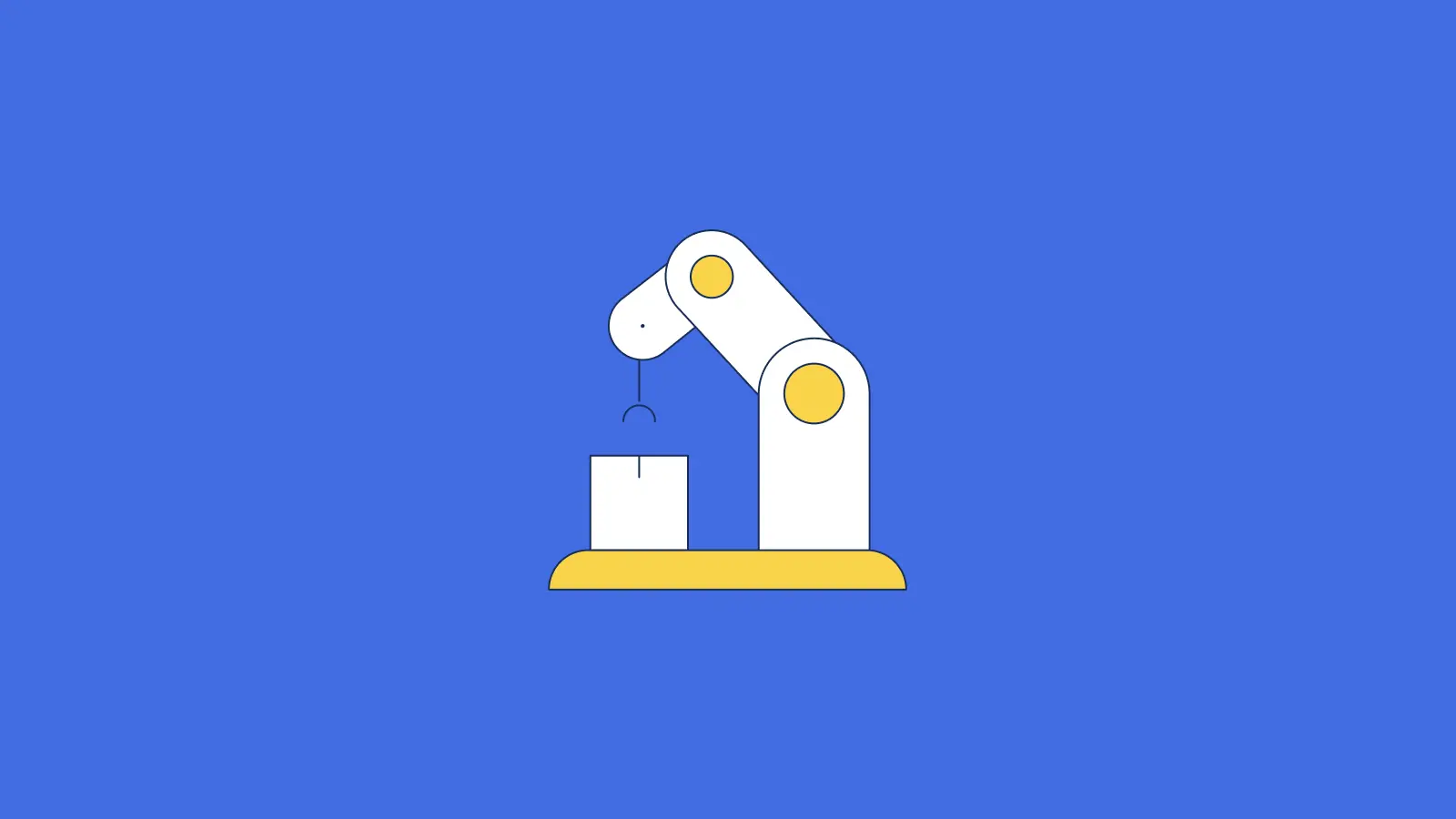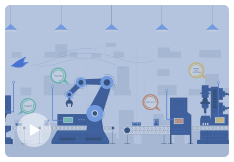
In the past couple of decades, the global packaging industry has seen strong growth, supported by megatrends including: sustainability and smart warehousing with AI and automation. To paint the picture, the Consumer Packaged Goods (CPG) industry in North America alone is valued at approximately $2 trillion dollars and is the largest manufacturing employer across the continent.
With packaging being at the forefront of shopping experiences, one of the biggest industry realities is that manufacturing teams are under increasing pressure to drive operational efficiency and hit their production targets.
In a recent conversation on how packaging manufacturers can maximize results on the shop floor using technology, Raven’s Director of Customer Success, Lamia Ghoneim, and Account Executive, Jamal Alli, discussed how manufacturers can make it a whole lot easier for their teams to uncover hidden capacity with real-time visibility into their packaging lines.
In this blog, we cover:
- The top packaging industry’s pain points and challenges
- How packaging manufacturing software can help shop floor teams
- Key Raven features for packaging lines
The top packaging industry’s pain points and challenges
For automated packaging lines
Speed-related machine issues
Automated packaging lines are expected to have a high volume of throughput and usually operate fast, creating complexities in machine issues that need to be monitored and quantified often. Without a digital solution in place, this can be a cumbersome and time-consuming task.
Material & footprint issues
Automated packaging lines need machines to process raw materials into specifications quickly or else machine run time is impacted. Additionally, manufacturers prioritizing sustainability may use recycled materials in multiple variations, creating the need to optimize manufacturing processes to be robust enough to accommodate.
Lack of real-time visibility
Long production processes with many steps connected and dependent on each other, make it difficult for operators to have complete visibility between upstream and downstream processes.
For semi-manual packaging lines
Frontline engagement
Semi-manual packaging lines require more time and repetitive work for operators, impacting their productivity levels. With less automation, it’s trickier for the frontline to know whether or not they’re on track to hit targets. Without knowing their shift performance, operators can feel less motivated during their workday.
Long setup times
The need to optimize processes sometimes means requiring additional support from operators and maintenance teams to ensure machines are set up efficiently. Without the right digital transformation strategy in place, this can lead to lengthy set-ups, reducing the amount of time assets are actually producing.

General
Balancing high costs
With innovation at the peak of the packaging industry, consumers are still looking for the best bang for their buck during tough economic times. With consumers changing their shopping habits to be more budget-conscious, packaging manufacturers across industries need to meet these demands while still delivering value.
New rules & regulations
Manufacturers, especially in the food and beverage industry, are facing new rules and regulations when it comes to sustainability. An example of this includes rigid packaging recycling. These evolving regulations require changes to current packaging materials and tech.
Performance losses
As a result of the speed of automated packaging lines and specific material requirements, operators on the lines often choose to slow down machines to run bad material. This slowdown, which is not often the best approach, has to be carefully weighed and the loss of speed has to be quantified.
Understanding the top challenges that packaging manufacturers face in their daily operations allows us to highlight how software solutions can help teams uncover hidden capacity.
How packaging manufacturing software can help shop floor teams
According to Survey Monkey, 1 in 3 consumers favour eco-friendly options, and 35% of respondents would purchase a product that is better for the environment. On top of maintaining the planet, growing consumer demands for everything to be as quick and convenient as possible are also driving factors for the future of packaging manufacturing.
Fully-digitized tech solutions built for packaging lines can successfully be adopted on the shop floor if they’re easy to use and designed for the way the frontline works. It’s not only crucial that quality standards are being met but also that production planning and processes are constantly reviewed and optimized. Your technology partner and digital solution should be that extra teammate for you to drive these improvements and increase productivity across your plant.
Key Raven features for packaging lines
At Raven, we’ve deployed our solution on packaging lines of food and beverage manufacturers for companies like Coca-Cola, David’s Tea and Yamamotoyama, as well as for pharma manufacturers like Sanofi and Nature’s Way, and even for manufacturers of household supplies like Kruger. Raven easily integrates with the packaging software, systems and processes used by manufacturers today — allowing for implementation in just a matter of weeks and rapid time-to-value.
Here are some of our most popular Raven features used for packaging lines:
Interconnected Line Module
Without digital transformation, accurate machine data is not readily available or contextualized. Raven’s Interconnected Line Module allows plants to gain complete, real-time visibility into all assets of interconnected lines. This data is crucial for making productivity improvements, reducing waste and protecting asset investments. It provides production teams with insights into complete lines by connecting every process and ensuring all teams on the shop floor are aware of issues as they arise.
Contextualized Timeline
Both the machine and operator context that’s collected through Raven is added to a contextualized production event timeline, providing plants with a quick understanding of each line as a whole and highlights the cascade of bottlenecks that occurred over any period of time That way, managers are able to get to the root cause of performance losses.
Automated Downtime Labeling
Automated Downtime Labeling automatically tags downtime reasons so that operators don’t have to. With data being captured and contextualized to accurately account for how machines and people spend their time, frontline teams can remain focused on hitting targets.
Ahead or Behind Module
The Ahead or Behind Module allows plant managers and frontline workers to easily monitor who is on track to hitting production goals every hour and every shift, with real-time visibility into performance. This module also sparks some friendly competition through gamification – allowing team members to know who’s winning throughout the hour, shift or day.
Connect with us
Interested in learning more about Raven’s packaging manufacturing software and the key features that can help your team? Book a quick chat with one of our Raven experts to see how your factory can benefit from optimizing your production processes with our digital OEE and continuous improvement solution.







